In today’s market, mastering the latest plumbing techniques is just the beginning. As a plumbing professional in Kenya, your success increasingly depends on understanding and recommending the most innovative and efficient products available. With growing environmental awareness and increasing water costs across Kenya, water-efficient fixtures are no longer a niche market – they’re becoming the standard. At Winstar Hardware, we provide the expert insights you need to stay ahead of the curve.
In this comprehensive guide, we’ll dive deep into the world of water-efficient toilets, taps (faucets), and showerheads. We’ll explore the technologies behind them, discuss their benefits for your clients (and the planet), and equip you with the knowledge to confidently recommend and install these modern fixtures. By embracing water conservation technology, you can enhance your service offerings, attract environmentally conscious clients, and solidify your reputation as a forward-thinking plumbing expert in Kenya.
Why Water Efficiency Matters Now More Than Ever in Kenya
Before we delve into the specifics of fixtures, let’s briefly address why water efficiency is so crucial in our Kenyan context:
- Water Scarcity: Many regions in Kenya face increasing water scarcity due to climate change and growing populations. Promoting water-efficient solutions helps conserve this precious resource.
- Rising Water Costs: As utility bills continue to rise, homeowners and businesses are actively seeking ways to reduce their consumption and save money.
- Environmental Responsibility: There’s a growing awareness of the need to minimize our environmental impact. Recommending water-efficient fixtures positions you as a plumber who cares about sustainability.
- Client Demand: More and more clients are actively requesting water-saving options when building or renovating their properties. Being knowledgeable in this area gives you a competitive edge.
By understanding these drivers, you can effectively communicate the value proposition of water-efficient fixtures to your clients.
Decoding Water Efficiency: Key Terms and Standards
To confidently discuss water-efficient fixtures, it’s essential to understand the key terminology and standards:
- WaterSense: In some regions (though primarily a standard in North America), WaterSense is a program by the Environmental Protection Agency (EPA) that helps consumers identify water-efficient products. While not directly applicable as a regulatory standard in Kenya, it represents a benchmark for high-efficiency fixtures and can be a useful reference point.
- Flow Rate: Measured in liters per minute (LPM) or gallons per minute (GPM), flow rate indicates the amount of water a fixture uses when operating. Water-efficient fixtures have significantly lower flow rates compared to traditional models.
- GPF/LPF (Gallons/Liters Per Flush): This term applies specifically to toilets and indicates the amount of water used for each flush. High-efficiency toilets (HETs) use significantly less water per flush.
- Dual Flush: A feature in toilets that offers two flushing options – a partial flush for liquid waste and a full flush for solid waste, further reducing water consumption.
- Aerators: Devices installed in taps and showerheads that mix air with water, reducing the amount of water used without compromising the perceived water pressure.
Familiarizing yourself with these terms will enable you to have informed conversations with your clients.
Water-Efficient Fixture Breakdown
Let’s explore the specifics of water-efficient toilets, taps, and showerheads:
1. Water-Efficient Toilets (High-Efficiency Toilets – HETs):
Traditional toilets can use anywhere from 9 to 13 liters per flush. High-efficiency toilets, on the other hand, are designed to use 6 liters per flush or less. This significant reduction can lead to substantial water savings over time.
Types of Water-Efficient Toilets:
- Gravity-Fed HETs: Rely on gravity to flush waste but are engineered with optimized bowl and trapway designs to achieve effective flushing with less water.
- Pressure-Assisted HETs: Use compressed air to create a more powerful flush with less water. These are often preferred in commercial settings but are also available for residential use.
- Dual-Flush Toilets: As mentioned earlier, these offer two flush options, typically around 3-4 liters for a partial flush and 6 liters for a full flush. Dual-flush toilets are gaining popularity for their water-saving potential.
Key Features to Highlight to Clients:
- Significant Water Savings: Quantify the potential savings based on average household usage. You can even use online water usage calculators to provide personalized estimates.
- Reduced Water Bills: Lower water consumption directly translates to lower utility costs.
- Environmental Friendliness: Emphasize the contribution to water conservation efforts.
- Performance: Assure clients that modern HETs are designed to provide effective flushing power despite using less water. Look for models with MaP (Maximum Performance) ratings if available, which indicate the amount of solid waste a toilet can effectively flush.
- Installation Considerations: Installation is generally similar to traditional toilets. Ensure proper leveling and a good wax ring seal for leak-free performance. For pressure-assisted models, follow the manufacturer’s specific installation guidelines.
2. Water-Efficient Taps (Faucets):
Traditional taps can have flow rates as high as 8-12 liters per minute. Water-efficient taps, often equipped with aerators, can reduce this flow rate to 6 liters per minute or even less without a noticeable difference in water pressure for the user.
Types of Water-Efficient Taps:
- Aerated Taps: The most common type, these mix air with the water stream, creating a bubbly flow that feels like more water than is actually being used.
- Flow-Restricted Taps: These incorporate a physical restrictor within the faucet body or outlet to limit the maximum flow rate.
- Sensor-Operated (Touchless) Taps: While primarily found in commercial settings, these are becoming increasingly available for residential use. They can significantly reduce water waste by only activating the flow when hands are present.
Key Features to Highlight to Clients:
- Reduced Water Consumption: Explain how lower flow rates save water during everyday tasks like washing hands and dishes.
- Maintained Water Pressure: Aerators ensure a comfortable and effective flow despite the reduced water usage.
- Variety of Styles and Finishes: Water-efficient taps are available in a wide range of designs to suit any bathroom or kitchen décor.
- Potential for Energy Savings (for hot water): Using less hot water also reduces the energy consumption of water heaters.
Installation Considerations: Installation is generally straightforward, similar to traditional taps. Ensure proper sealing of connections to prevent leaks.
3. Water-Efficient Showerheads:
Traditional showerheads can guzzle water at rates of 9-15 liters per minute. Water-efficient showerheads are designed to deliver a satisfying shower experience while using 7.5 liters per minute or less.
Types of Water-Efficient Showerheads:
- Aerating Showerheads: Similar to aerated taps, these mix air with the water stream to create a fuller spray with less water.
- Flow-Restricted Showerheads: Incorporate a flow restrictor to limit the maximum water flow.
- Pause Valves: Some showerheads feature a pause valve that allows the user to temporarily stop the water flow while lathering, saving water that would otherwise be wasted.
Key Features to Highlight to Clients:
- Significant Water and Energy Savings (for hot water): Showers are often a major source of water consumption, so efficiency here can lead to substantial savings.
- Comfortable Shower Experience: Assure clients that modern water-efficient showerheads are designed to provide adequate pressure and coverage. Look for models with different spray patterns to cater to individual preferences.
- Variety of Styles and Finishes: Just like taps, water-efficient showerheads come in various styles and finishes to match bathroom designs.
- Installation Considerations: Most showerheads are easy to install, typically involving just screwing them onto the existing shower arm. Ensure a good seal with plumber’s tape to prevent leaks.
A Proffessional Approach to Talking to Your Clients About Water Efficiency
Educating your clients about the benefits of water-efficient fixtures is key to successfully recommending and installing them. Here are some tips for effective communication:
- Start with the “Why”: Explain the importance of water conservation in Kenya and how it directly benefits them through lower bills and environmental responsibility.
- Quantify the Savings: Whenever possible, provide estimated water and cost savings based on their household size and usage habits. Utilize online calculators or manufacturer data.
- Address Concerns About Performance: Reassure clients that modern water-efficient fixtures are designed to provide a satisfactory user experience. Highlight features like pressure-compensating aerators and optimized flush designs.
- Showcase the Variety of Styles: Emphasize that water efficiency doesn’t mean sacrificing aesthetics. Point out the wide range of styles and finishes available to match their preferences.
- Offer Packages and Incentives: Consider offering package deals that include water-efficient toilets, taps, and showerheads. You can also highlight any local or national incentives that might be available for installing water-saving fixtures.
- Become a Trusted Advisor: Position yourself as an expert who can guide them in making the best choices for their needs and budget.
Winstar Hardware, your Partner in Providing Water-Efficient Solutions
At Winstar Hardware in Kenya, we are committed to stocking a wide range of high-quality, water-efficient toilets, taps, and showerheads from reputable manufacturers. We understand the growing demand for these products and are here to support you in meeting your clients’ needs. Our knowledgeable team can provide you with detailed product information, technical specifications, and competitive pricing.
By embracing water conservation technology and partnering with Winstar Hardware, you can:
- Enhance your service offerings.
- Attract new, environmentally conscious clients.
- Provide valuable solutions that save your clients money.
- Solidify your reputation as a forward-thinking plumbing professional in Kenya.
Visit our store today to explore our selection of water-efficient fixtures and discuss how we can help you stay ahead of the curve in the evolving world of plumbing. Together, we can contribute to a more water-conscious and sustainable Kenya.
What are your experiences with installing water-efficient fixtures? Share your insights and tips with fellow plumbers in the comments below!
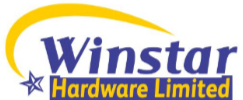

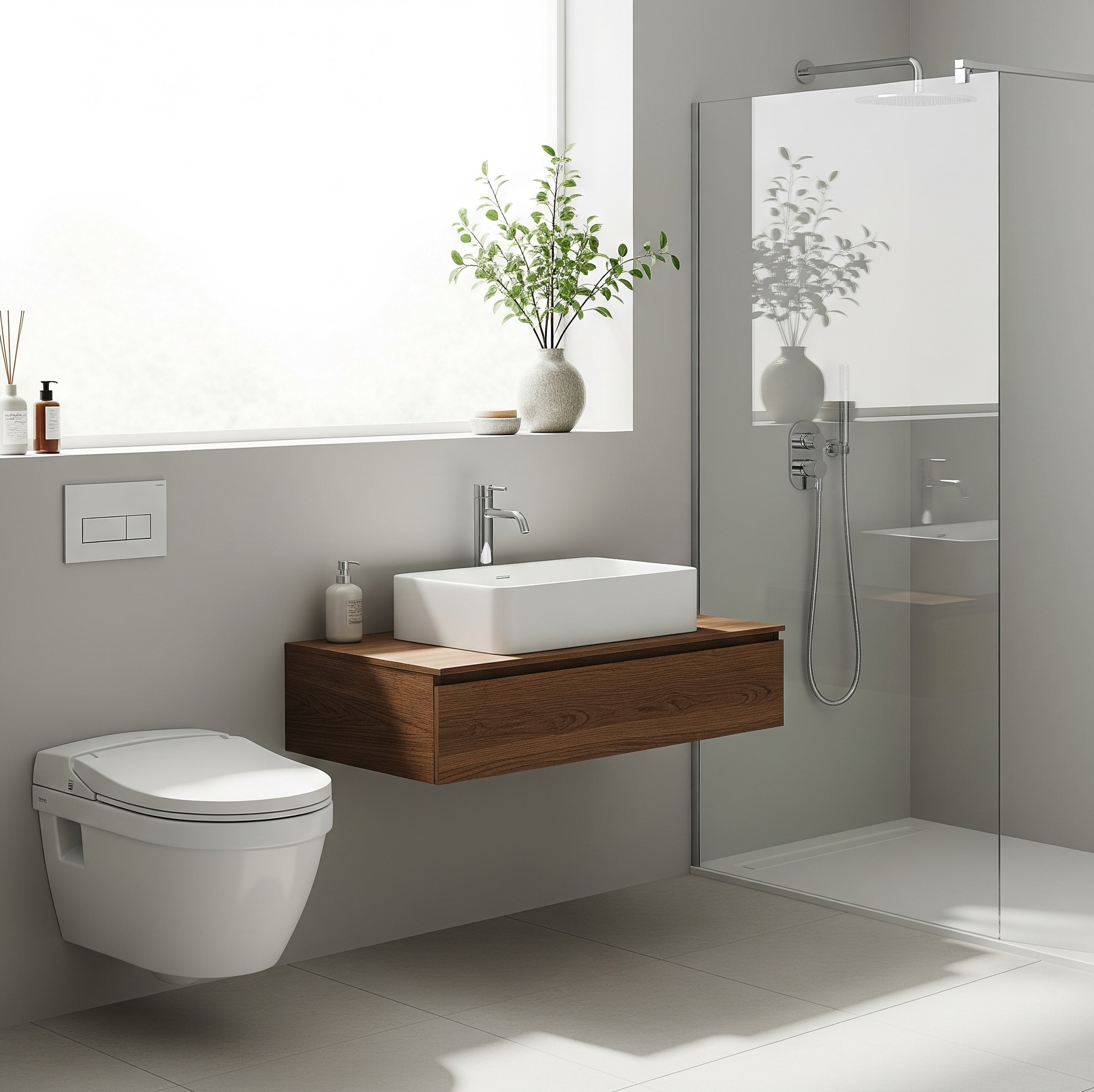
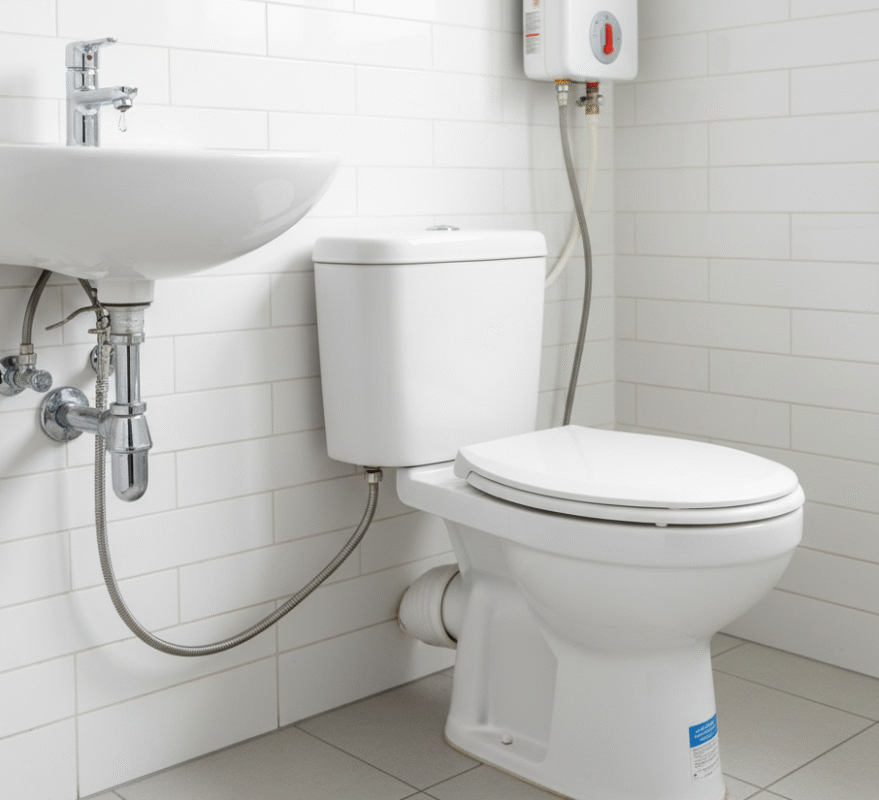
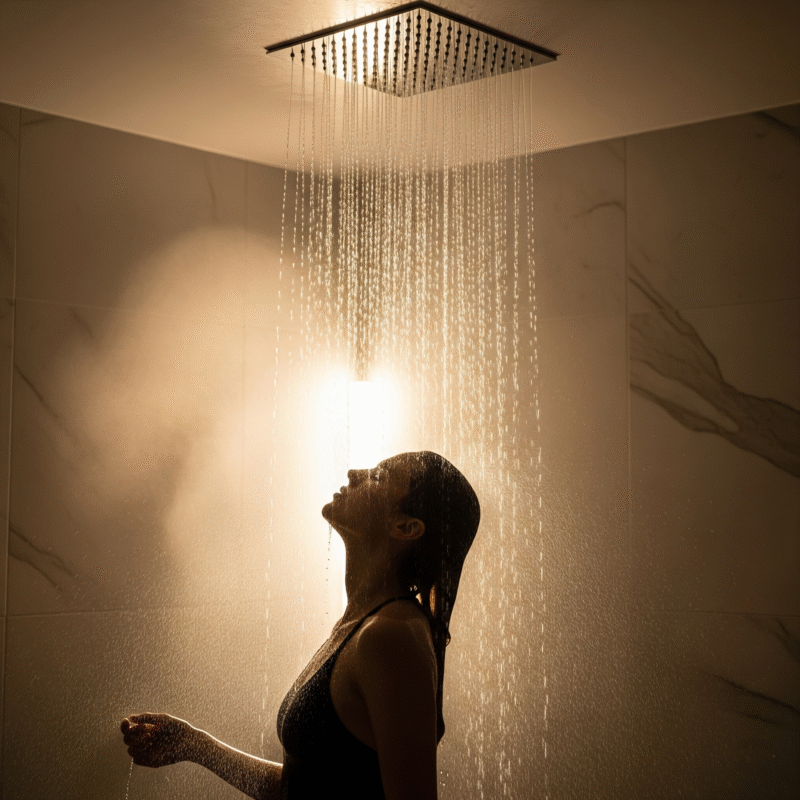





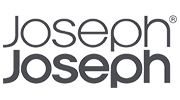
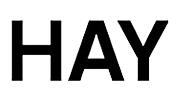



2 thoughts on “A Plumber’s Guide to Water-Efficient Fixtures”